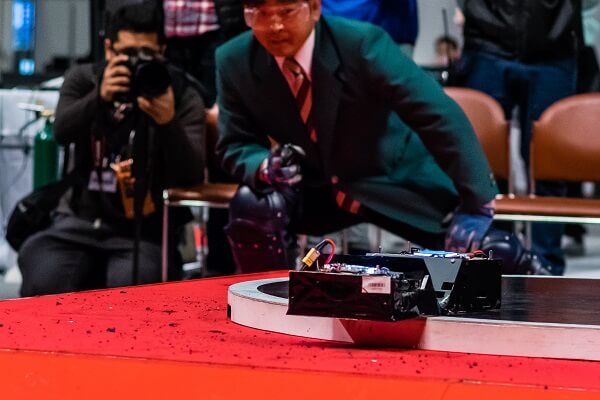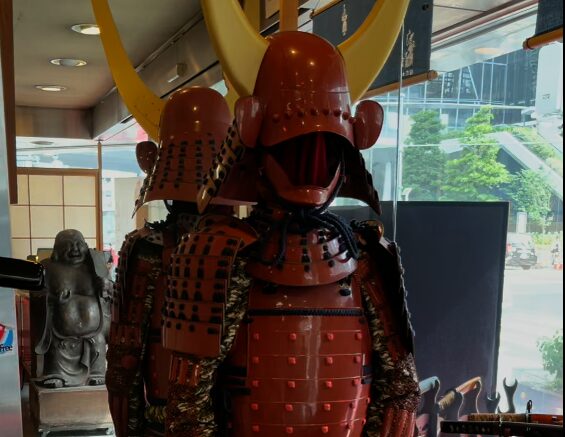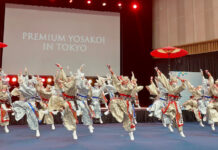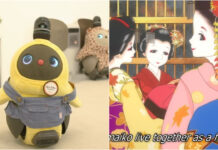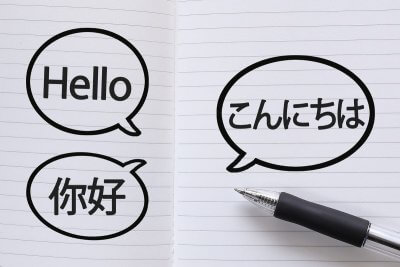[WAttention X FIELDS Research Institute]
Explore the fascinating world of Japan’s subcultures with insights from the inside
Battle of the little giants

You have probably heard of Ryogoku Kokugikan, Tokyo’s sumo stadium where many prestigious sumo wrestlers have stood in the ring since 1985.
However, on December 13, 2015, two robots face each other in a small sumo ring, with their creators standing on both sides. The tension and pressure can be felt just by looking at them.
“Hakkeyoi! Nokotta!” the referee shouts – just like in real sumo – and marks the start of the match. And then, the moment of truth. The two robots bump into each other with great speed. Their creators shout at them as if they are giving instructions to a real wrestler. One of the two robots gets hit, and flies off the ring. Excited cheering, shouting, screaming. A true sensation it is.
As the name suggests, Robot Sumo is about two robots fighting each other in a ring, but there is a lot more to it than just that. To qualify, robots cannot weigh more than 3kg or be wider than 20cm, but there are no restrictions for their height. That means that within these restrictions, participants are completely free in how they create their robot and what material they use doing so. You will notice how there is a certain strategy behind each robot’s design.

Some robots are simply built to push their opponent off the ring with pure strength, while others are designed to use the opponent’s force and toss away incoming robots. The great amount of different tactics and movements make each bout exciting and spectacular to watch, and sometimes really does remind of actual sumo wrestling.
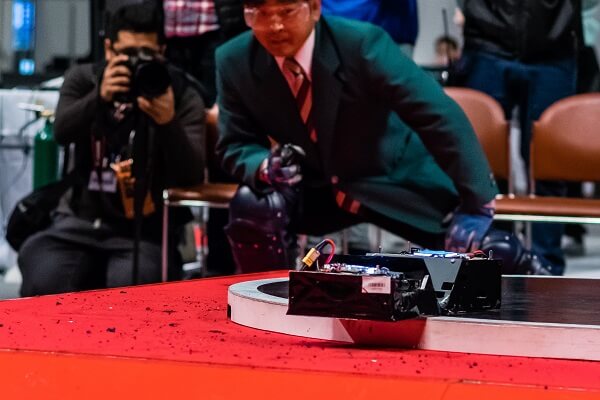
The All Japan Robot Sumo Tournament has been held annually since 1989, with Ryogoku Kokugikan as its venue. Since 2014, the International Robot Sumo Tournament is also held on the same day, which means that Japanese participants have a handicap as they fight two tournaments in a row, if their robots have any energy left at all.
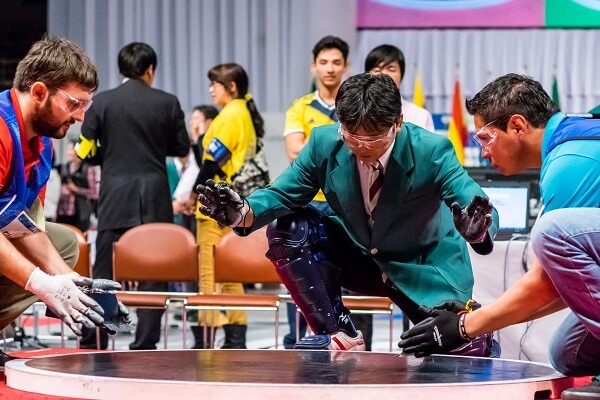
Robot Sumo has two main categories: Self Operating Robots and Radio-Controlled Robots.
Self-Operating Robots have multiple tactic patterns programmed by their participants. The pattern is decided before each bout. During the fight, robots rely purely on their artificial intelligence; all participants can do now is observe the fate that awaits their beloved creations. However, as two bouts have to be won to be victorious, tactic patterns can be changed for each stand-alone bout, resulting in different outcomes for the same match-up.
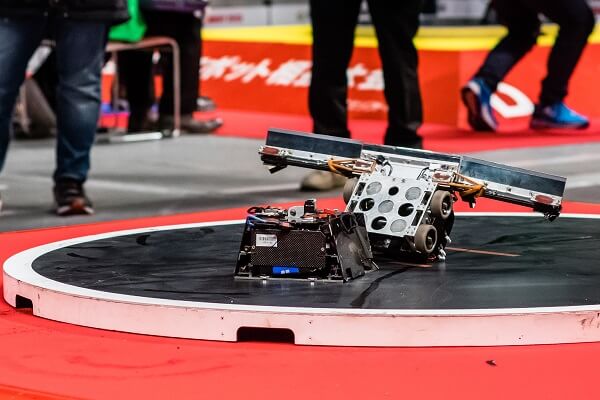
Radio-controlled robots fight as their participants instruct. Every single movement is controlled by a remote control that will remind you of miniature model race cars.
While from a technical perspective, robots battling with artificial intelligence might sound more impressive, bouts by radio controlled robots are usually more fast and spectacular as the outcome can be changed due to a wise move with the blink of an eye, always keeping observers on the edge of their seats.
In 2015, the tournament was held on December 13. The finals of the International Robot Sumo Tournament for the Self-Operating Robots category ended in a tie between a robot from Turkey and one from Romania. The winning Japanese Self-Operating Robot of the national tournament that day, was disqualified during the international tournament as it damaged the ring during battle.
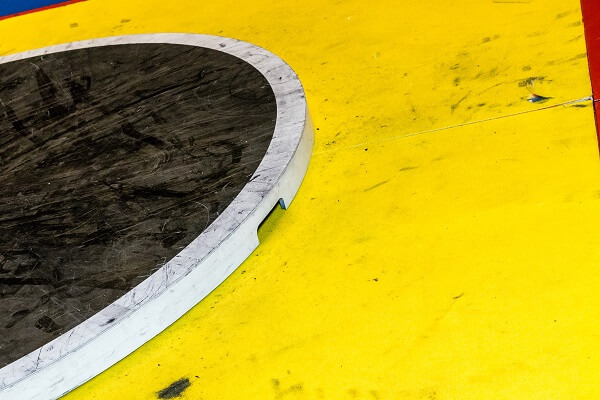
The winner of both the national and international Radio-Controlled Robots tournament was MTY- Hakuro, a robot from Kagawa Prefecture controlled by two high-school students. Tossing one robot after the other out of the ring as if it was nothing, they left 43 robots from 15 different countries behind. With sumo wrestlers of foreign origin dominating the last decade, seeing a victorious Japanese (robot) wrestler at Ryogoku Kokugikan was a nostalgic sight indeed.
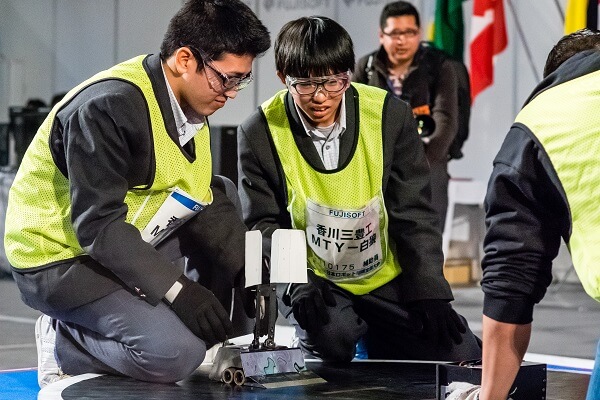
This article was written with the assistance of Fields Research Institute, which conducts research in entertainment.
Original article published: March 15, 2018
 0
0

